

Screw rivets, also known as threaded rivets or screw-type rivets, are fasteners that combine the principles of screws and rivets. They offer a reusable and often stronger alternative to traditional blind rivets, allowing for disassembly and reassembly of joined materials. This guide explores the various types, applications, benefits, and considerations when using screw rivets.What are Screw Rivets?Screw rivets are two-piece fasteners consisting of a rivet body (also called the barrel) and a screw. The rivet body is inserted through aligned holes in the materials to be joined. Then, the screw is inserted into the rivet body and tightened, causing the rivet body to expand and clamp the materials together. Unlike standard rivets, the screw provides a mechanical advantage and allows for controlled tightening and loosening.Types of Screw RivetsSeveral types of screw rivets cater to diverse applications and material requirements: Standard Screw Rivets: These are the most common type, featuring a simple barrel and screw design. They are suitable for general-purpose fastening in various materials. Self-Clinching Screw Rivets: Designed for use in thin sheet metal, these rivets are pressed into a punched or drilled hole. The clinching action creates a strong, permanent bond. Drive Screw Rivets: These rivets feature a tapered barrel that expands when the screw is driven in. They are often used in plastics and other soft materials. Shoulder Screw Rivets: These rivets have a shoulder on the barrel, which provides a bearing surface and prevents over-tightening. They are used in applications where controlled clamping force is essential. Blind Screw Rivets: Similar to blind rivets, these rivets can be installed from one side of the material. They are useful when access to the back side is limited.Applications of Screw RivetsScrew rivets find applications across a wide range of industries, including: Electronics: Fastening components in circuit boards, enclosures, and other electronic devices. Automotive: Securing trim panels, interior components, and other parts. Aerospace: Joining lightweight materials in aircraft structures (in some non-critical applications). Construction: Fastening metal panels, cladding, and roofing materials. Appliance Manufacturing: Assembling appliances like refrigerators, washing machines, and ovens. Furniture Manufacturing: Connecting wooden or metal furniture parts.Advantages of Using Screw RivetsCompared to other fastening methods, screw rivets offer several advantages: Reusability: Can be disassembled and reassembled, allowing for maintenance or modification. Stronger Joint: Often provide a stronger and more reliable joint than traditional blind rivets. Adjustable Clamping Force: The screw allows for controlled tightening, preventing damage to delicate materials. Versatility: Can be used in a wide range of materials, including metals, plastics, and composites. Easy Installation: Require simple tools for installation, such as a screwdriver or rivet gun with a screw adapter.Considerations When Selecting Screw RivetsChoosing the right screw rivets requires careful consideration of several factors: Material Compatibility: Ensure that the rivet material is compatible with the materials being joined to prevent corrosion or galvanic reactions. Grip Range: Select a rivet with a grip range that matches the thickness of the materials being joined. The grip range is the total material thickness the rivet can effectively clamp. Head Style: Choose a head style that is appropriate for the application. Common head styles include button head, countersunk head, and truss head. Shear and Tensile Strength: Consider the required shear and tensile strength of the joint. Refer to the manufacturer's specifications for the rivet's strength ratings. Corrosion Resistance: Select a rivet with appropriate corrosion resistance for the environment in which it will be used. Stainless steel rivets are often used in corrosive environments. Installation Tool: Ensure you have the correct tools for installing the chosen type of screw rivet.Installation Tips for Screw RivetsProper installation is crucial for achieving a strong and reliable joint. Here are some tips: Drill or Punch the Correct Hole Size: Follow the manufacturer's recommendations for the hole size to ensure a proper fit. Align the Materials: Ensure that the materials are properly aligned before inserting the rivet. Insert the Rivet Body: Insert the rivet body through the aligned holes. Insert and Tighten the Screw: Insert the screw into the rivet body and tighten it to the recommended torque. Avoid over-tightening, which can damage the rivet or the materials being joined. Inspect the Joint: After installation, inspect the joint to ensure that it is secure and that the rivet is properly seated.Screw Rivets vs. Other FastenersThe choice between screw rivets and other fasteners, such as standard rivets, screws, or bolts, depends on the specific application requirements. Here's a brief comparison: Fastener Type Advantages Disadvantages Typical Applications Screw Rivets Reusable, adjustable clamping force, stronger than standard rivets More expensive than standard rivets, requires more precise hole size Electronics, automotive interiors, applications requiring disassembly Standard Blind Rivets Inexpensive, quick installation, good for blind applications Not reusable, weaker than screw rivets General purpose fastening, sheet metal, construction Screws & Bolts Reusable, strong, wide variety of sizes and materials Requires tapped holes or nuts, can loosen over time Structural applications, machinery, automotive Finding Reliable Screw Rivet SuppliersWhen sourcing screw rivets, it's important to partner with reputable suppliers who can provide high-quality products and technical support. Consider suppliers like Hebei Muyi Import&Export Trading Co.,Ltd. when looking for a variety of fastening solutions. Look for suppliers who offer: Wide Selection: A broad range of sizes, materials, and head styles to meet your specific needs. Quality Certifications: Products that meet industry standards, such as ISO or ANSI. Technical Support: Expertise to help you select the right rivet for your application and provide installation guidance. Competitive Pricing: Fair and transparent pricing. Reliable Delivery: On-time delivery to meet your production schedules.By carefully considering these factors, you can ensure that you select the best screw rivets for your application and achieve a strong, reliable, and reusable joint.Disclaimer: This article provides general information about screw rivets. Always consult with a qualified engineer or fastener specialist to determine the appropriate fastener for your specific application. Hebei Muyi Import&Export Trading Co.,Ltd assumes no responsibility for any errors or omissions in this article.

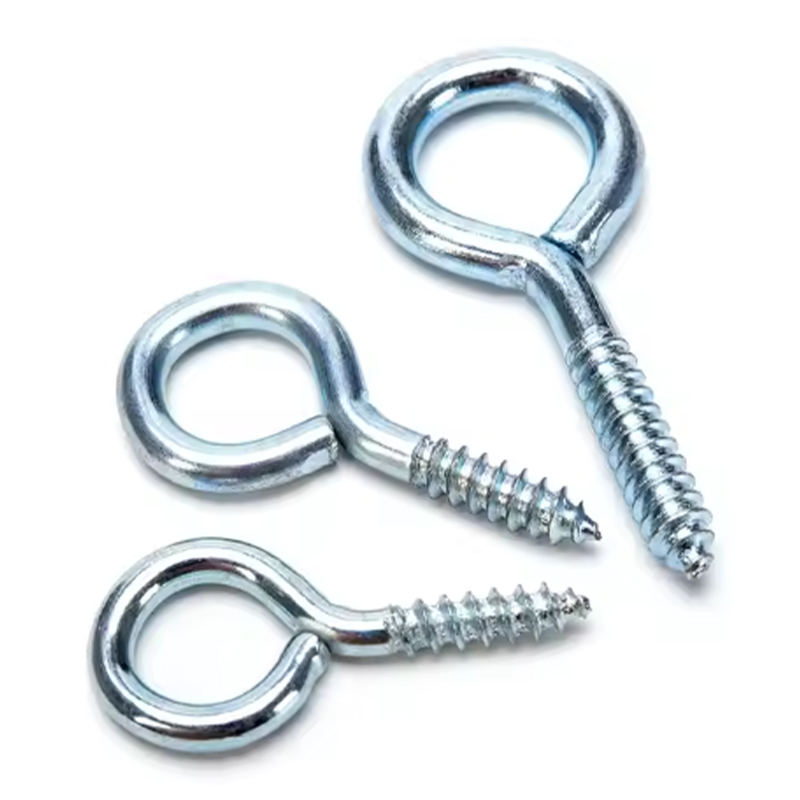

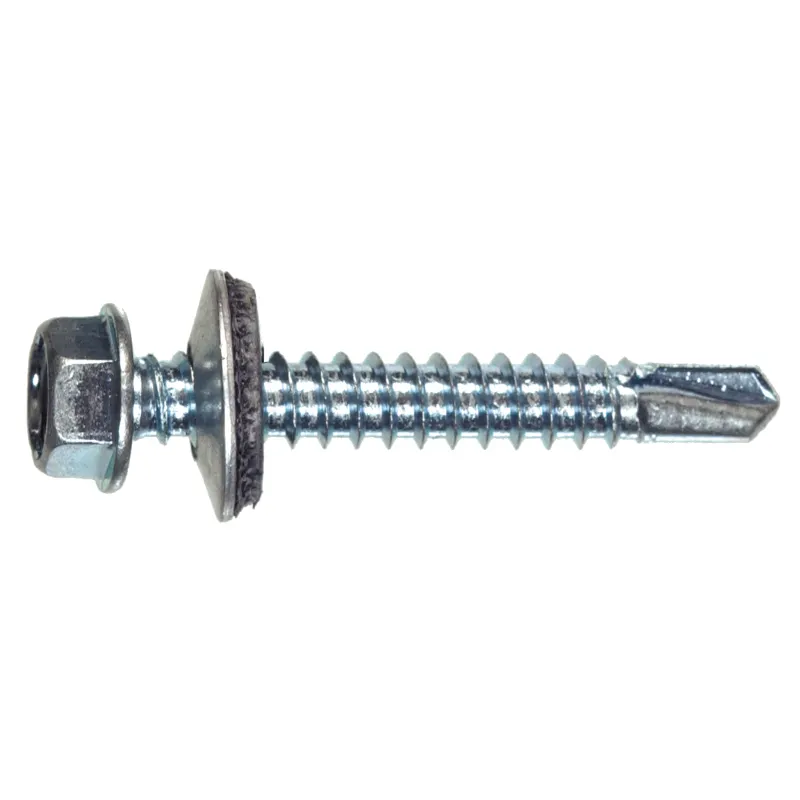
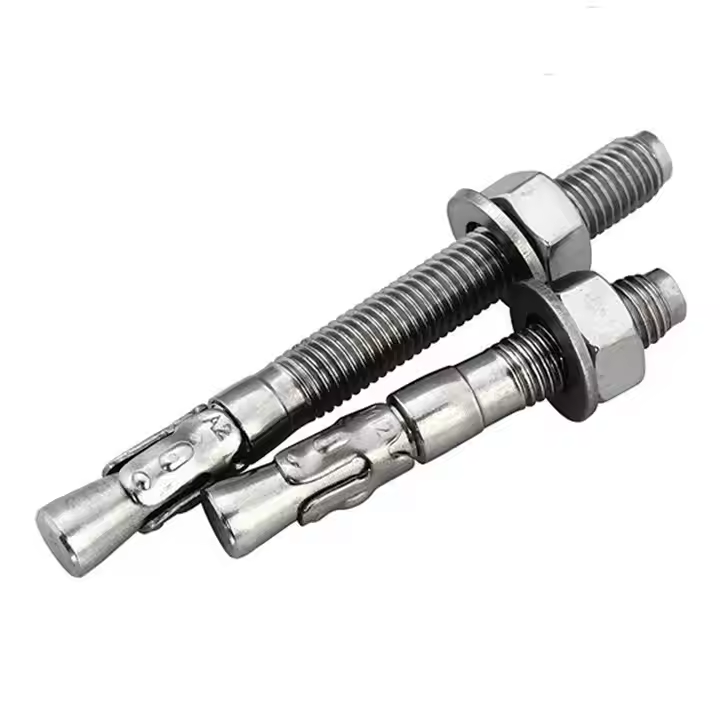


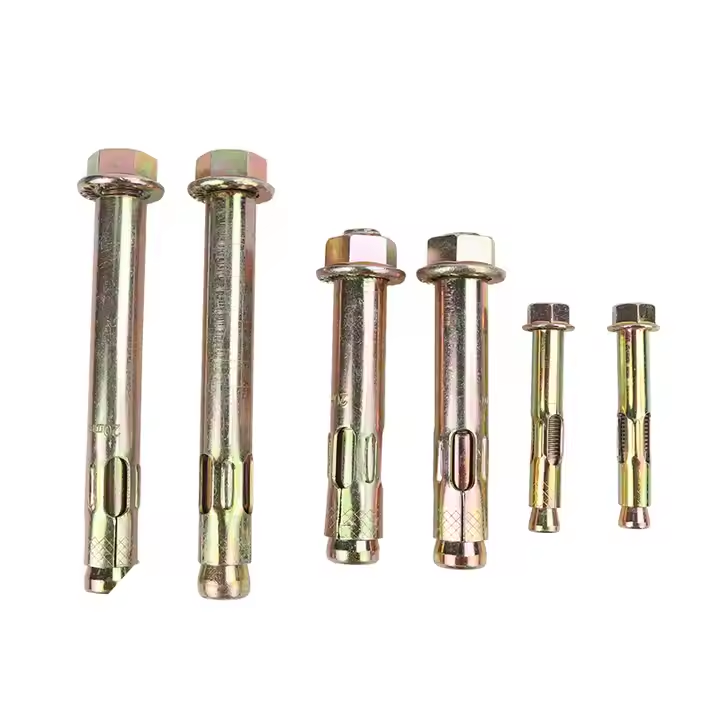

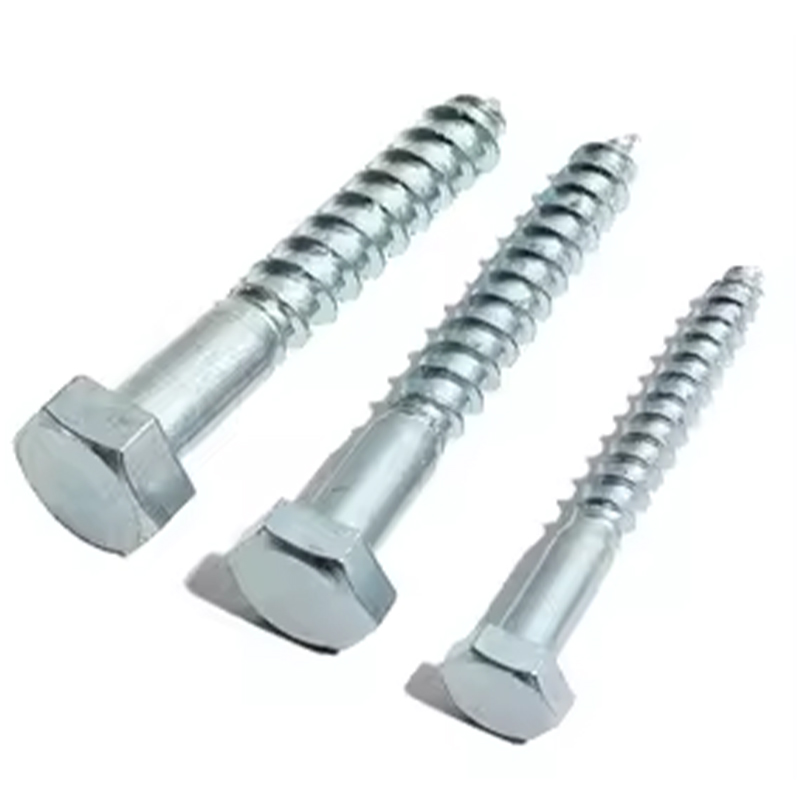

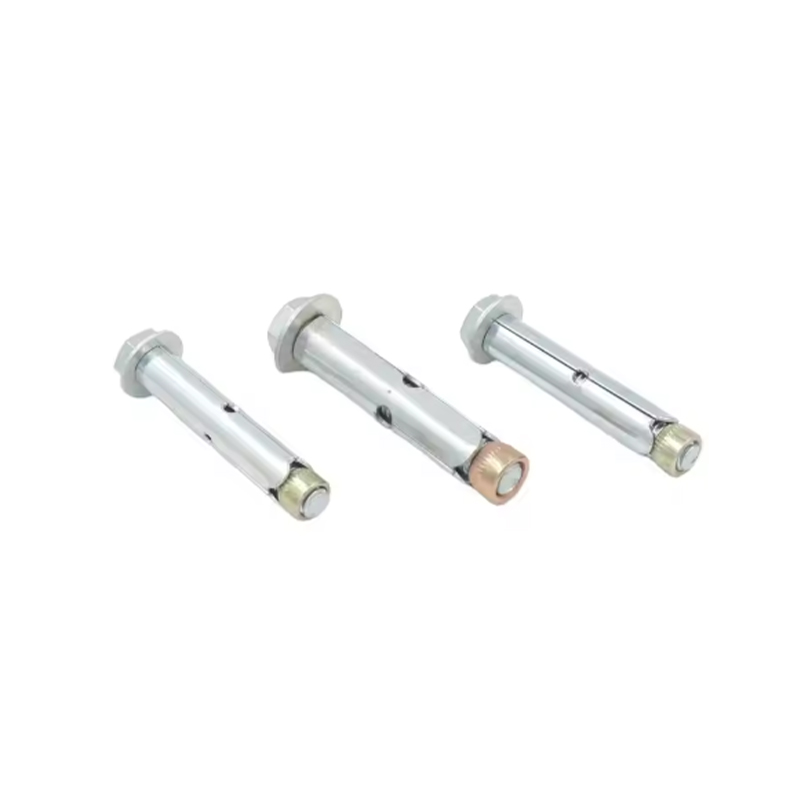
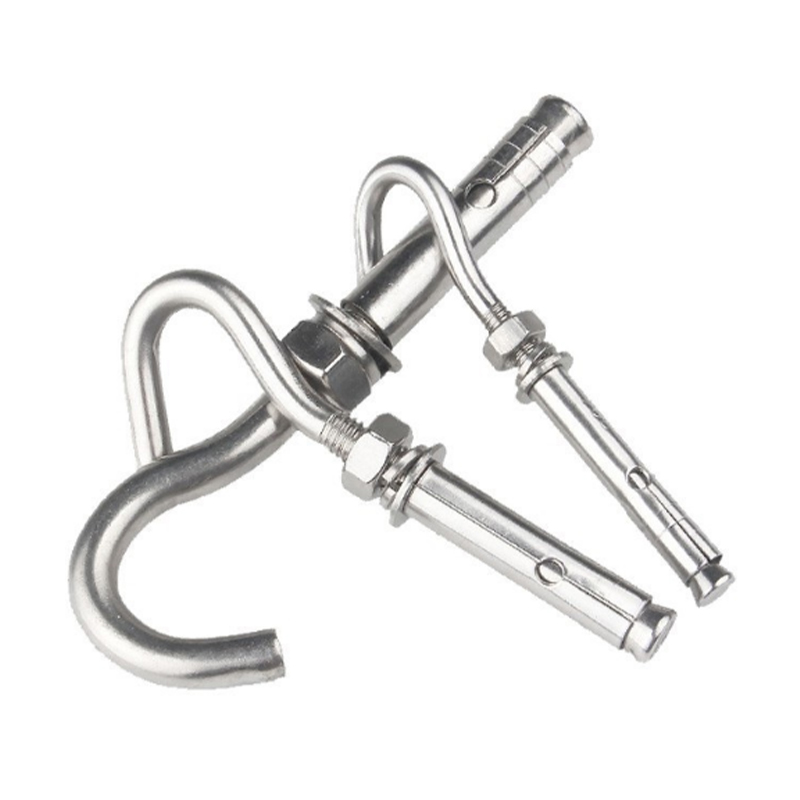
Please enter your email address and we will reply to your email.